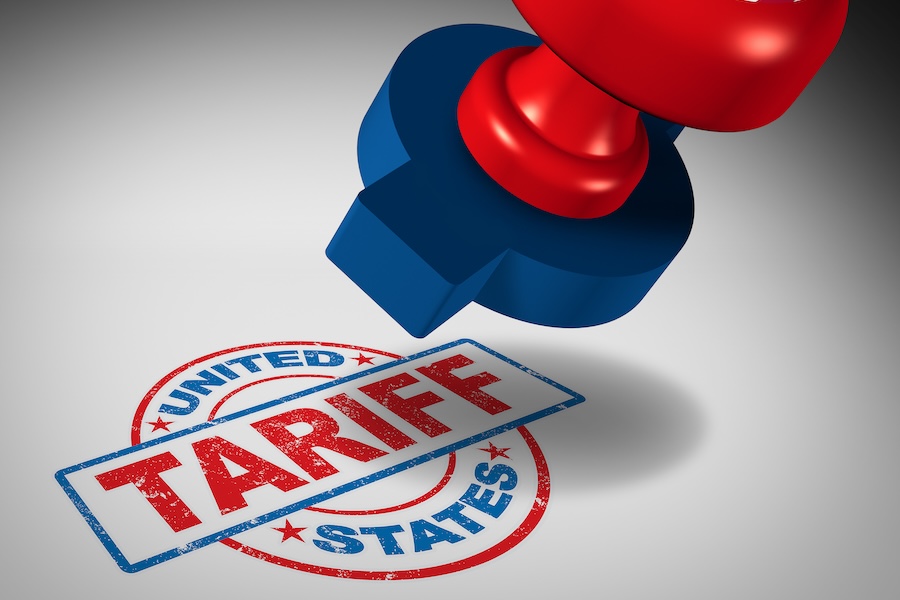New Zealand’s exporting SMEs are navigating a complex global trade environment following the recent imposition of sweeping US tariffs under President Donald Trump’s administration. These tariffs, which include a 10 percent universal levy on all imports and higher rates for specific countries, have introduced both challenges and opportunities for Kiwi exporters.
According to the 2025 MYOB Business Monitor, 25 percent of New Zealand SMEs engage in exporting goods or services. Among these exporters, nearly half (48 percent) reported increased revenue over the past year, and 50 percent saw improved profitability in the final quarter of 2024.
Looking ahead, 51 percent anticipate further revenue growth in 2025, with 41 percent noting a stronger sales pipeline for the first half of the year.
This optimism is reflected in broader economic expectations, with 65 percent of exporting SMEs believing the New Zealand economy will improve over the next 12 months.
In response to the evolving trade landscape, New Zealand exporters are proactively adjusting their strategies.
While the survey was conducted prior to the 10 percent tariff announcement, the MYOB Business Monitor indicates that 26 percent are seeking new trading partners, 25 percent are accelerating stock purchases to mitigate potential supply disruptions, and 23 percent are sourcing materials locally to reduce reliance on international supply chains.
These measures aim to cushion the impact of increased shipping and freight costs, as well as potential trade disruptions stemming from the new US tariffs.
Trade Minister Todd McClay has expressed confidence that New Zealand exporters may be less affected by the US reciprocal tariffs due to the country’s already open market.
“New Zealand won’t be caught by Donald Trump’s reciprocal tariffs,” McClay stated, emphasising ongoing discussions with U.S. officials to safeguard New Zealand’s trade interests.
Economic modelling suggests that if the US were to implement a 20 percent tariff on all imports, New Zealand’s exports to the US could decrease by two-thirds, potentially reducing the nation’s GDP and national income by nearly one precent.
However, the current 10 percent universal tariff presents a more moderate challenge, and New Zealand exporters may find opportunities to fill gaps in the US market left by higher tariffs on other countries.
Damon Paling, an Advisor at New Zealand Trade Enterprise points to the Deer industry for an example of the implications of the tariffs, which exports around $90m FOB of venison to the US p/a. He says the US is the number one export market for the industry.
“General concern is that the 10 percent becomes a baked in cost moving forward and that New Zealand is at the back of the queue when it comes to negotiation a pathway to removal of the 10 percent tariff.”
He says that the wider economic ramifications of the tariff policy of Trump will play out in the coming months.




